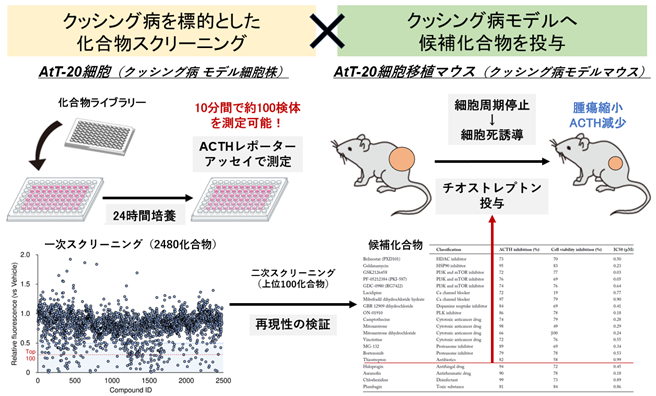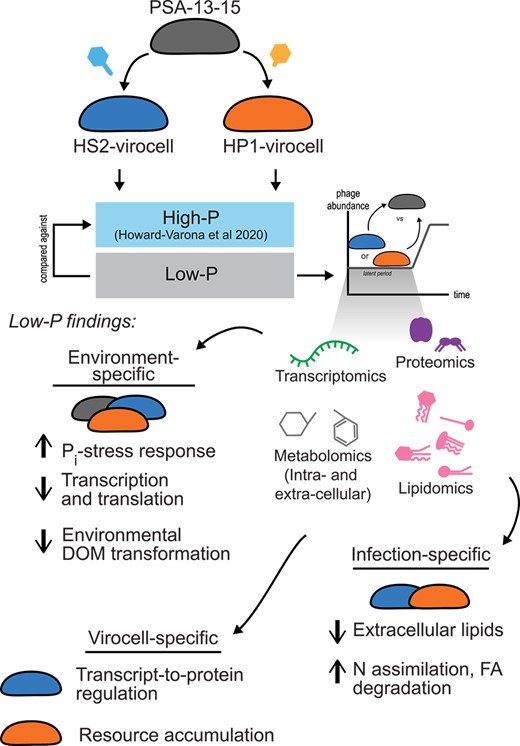2024-08-02 マックス・プランク研究所
<関連情報>
- https://www.mpg.de/22309887/0726-immu-allergy-cells-hidden-secret-153800-x
- https://www.cell.com/cell/fulltext/S0092-8674(24)00774-8
好中球の捕捉とネキソサイトーシス、肥満細胞を介した炎症シグナル伝達プロセス Neutrophil trapping and nexocytosis, mast cell-mediated processes for inflammatory signal relay
Michael Mihlan,Stefanie Wissmann,Alina Gavrilov,…,Marcus Frank,Angelika S. Rambold,Tim Lämmermann
Cell Published:August 02, 2024
DOI:https://doi.org/10.1016/j.cell.2024.07.014
Graphical abstract

Highlights
- MCs induce neutrophil swarms upon IgE-mediated degranulation in tissues
- Living neutrophils are trapped by MCs and form a cell-in-cell structure
- MITs show increased functional and metabolic fitness
- MITs are more pro-inflammatory and can exocytose active neutrophilic compounds
Summary
Neutrophils are sentinel immune cells with essential roles for antimicrobial defense. Most of our knowledge on neutrophil tissue navigation derived from wounding and infection models, whereas allergic conditions remained largely neglected. Here, we analyzed allergen-challenged mouse tissues and discovered that degranulating mast cells (MCs) trap living neutrophils inside them. MCs release the attractant leukotriene B4 to re-route neutrophils toward them, thus exploiting a chemotactic system that neutrophils normally use for intercellular communication. After MC intracellular trap (MIT) formation, neutrophils die, but their undigested material remains inside MC vacuoles over days. MCs benefit from MIT formation, increasing their functional and metabolic fitness. Additionally, they are more pro-inflammatory and can exocytose active neutrophilic compounds with a time delay (nexocytosis), eliciting a type 1 interferon response in surrounding macrophages. Together, our study highlights neutrophil trapping and nexocytosis as MC-mediated processes, which may relay neutrophilic features over the course of chronic allergic inflammation.


